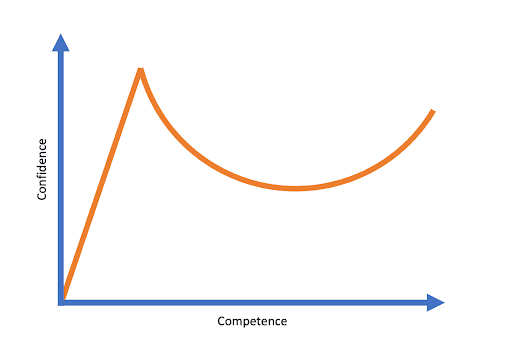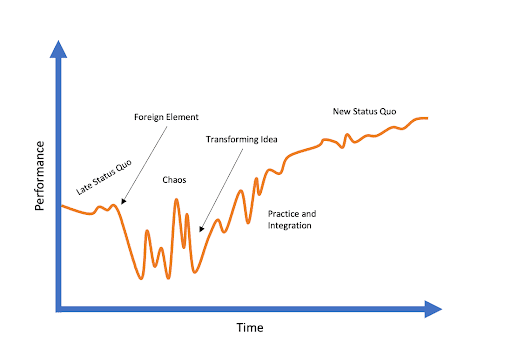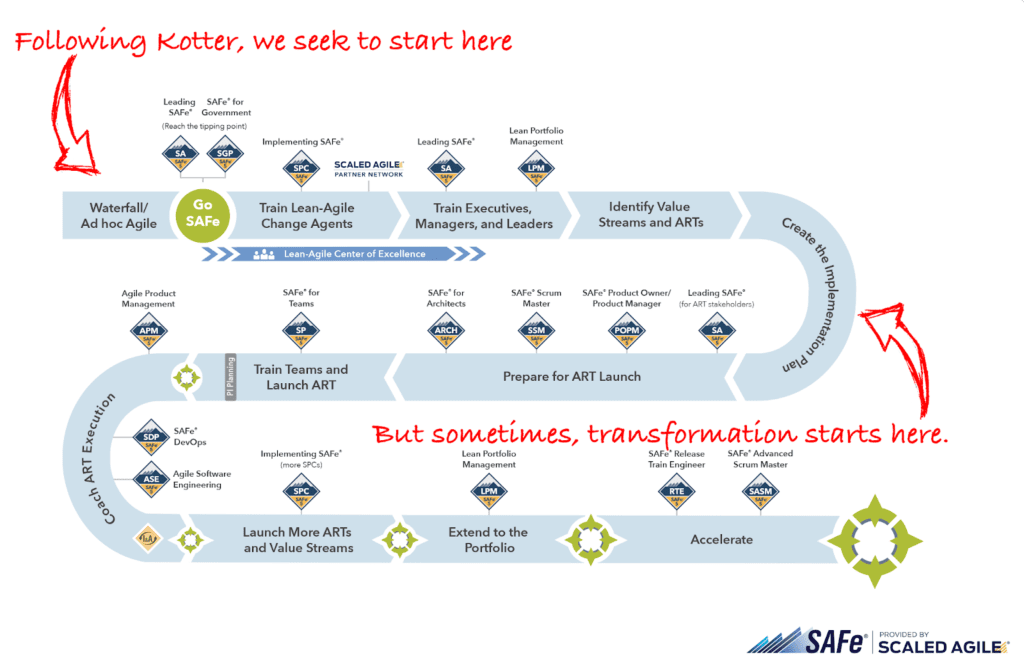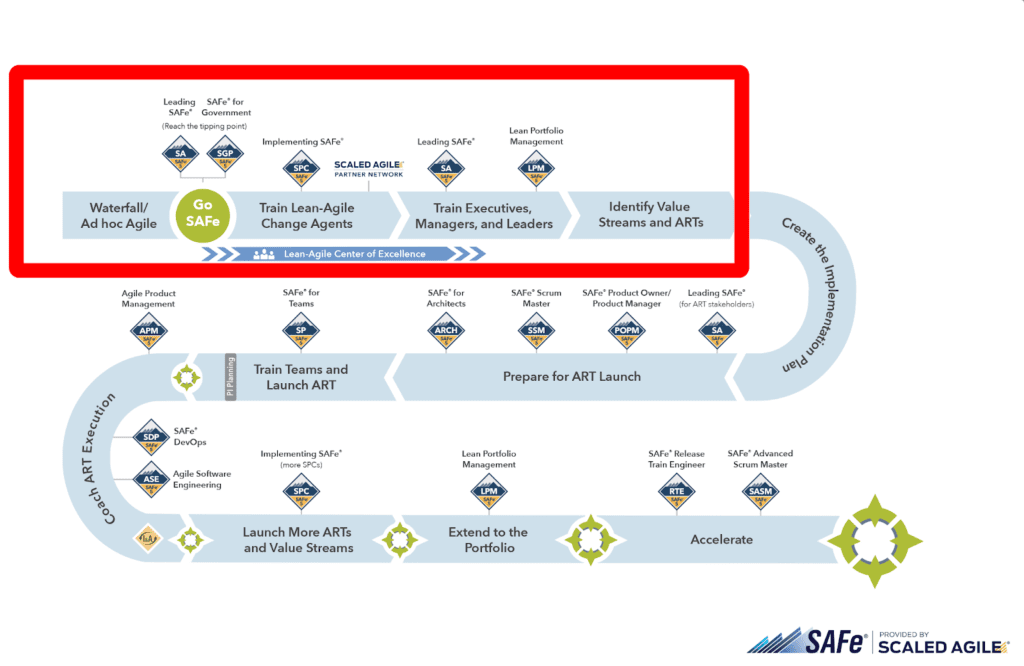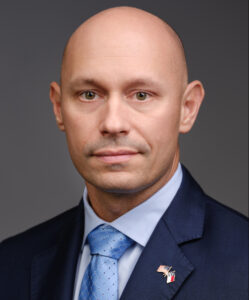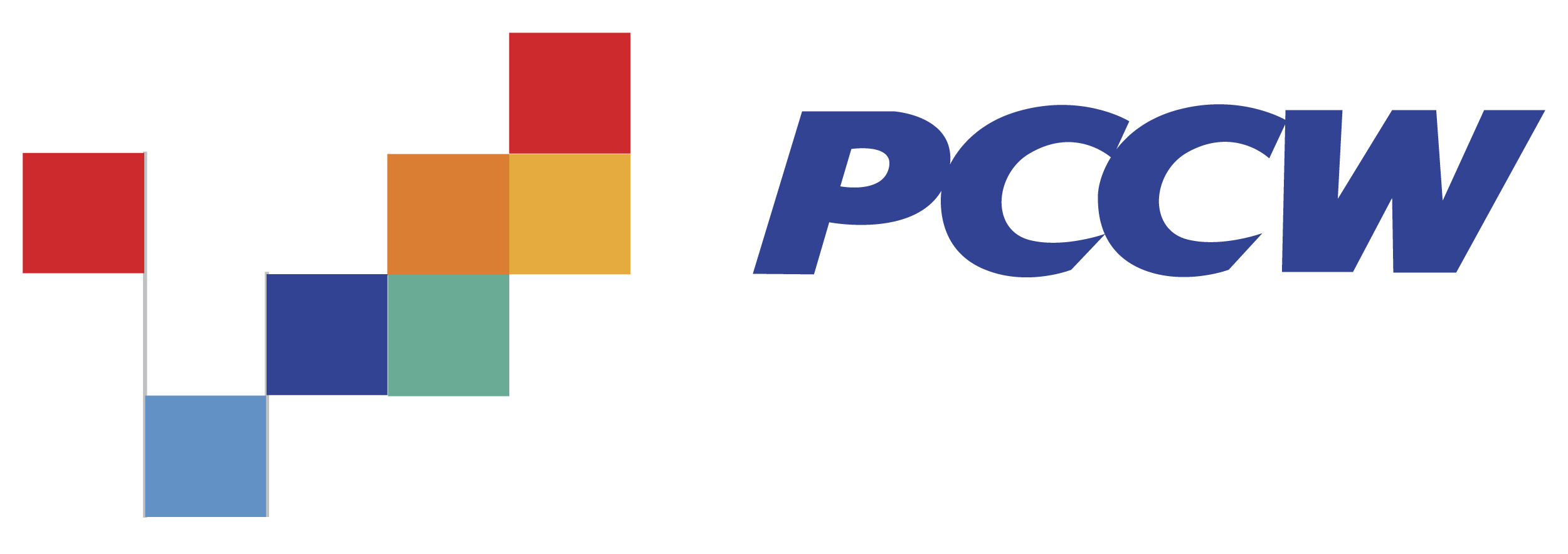How the Business Agility Value Stream will prepare you to win in the post-digital economy with AI, big data, and the cloud.
Introduction
At the 2021 Global SAFe Summit, Dean Leffingwell presented the idea that we are at the threshold of a new technological revolution. A post-digital economy that’s being driven by the adoption of ABC: artificial intelligence (AI), big data, and the cloud. Dean further explained how the Business Agility Value Stream (BAVS) creates a system that will allow businesses to rapidly react to the insights provided by ABC.
If you’re anything like me, listening to Dean’s talk generated many different ideas. In fact, several weeks passed before I went back and re-listened to the keynote to identify the core intent of the talk.
Those insights are what I’m sharing with you today: an understanding of the BAVS and how the concepts of ABC fit into the future of organizations using SAFe.
The Business Agility Value Stream
The value stream construct has been discussed in every version of SAFe dating back to SAFe 2.5 (2013). However, the conversation wasn’t top-of-mind until SAFe5 and the introduction of SAFe Lean-Agile Principle #10, Organize Around Value.
Now, and rightfully so, every organization that seeks to embrace SAFe is challenged to identify and optimize how value reaches the customer via their operational value streams (OVSs). We then challenge organizations to go a step further and optimize the relationship between the OVS, its supporting development value streams (DVSs), and the Agile Release Trains (ARTs) that realize them by considering complexities of the business architecture, technical architecture, and how the people who support the systems are dispersed.
We do our best to support SAFe enterprises and SPCs in this difficult conversation with the Value Stream and ART Identification workshop, and the newly released Value Stream Mapping workshop (both are available on the SAFe Community Platform). Even with the assets and expert consulting available, changing and optimizing the system to focus on outcomes instead of outputs is no small undertaking. And for what purpose?
Though optimizing these value streams is a goal, we must also consider why optimized value streams are so important and what to do with them.
Enter the BAVS.

Powered by optimized OVSs and DVSs, the BAVS puts those charged with strategy in a position to:
- Sense market opportunities
- Formulate a hypothesis to exploit the identified opportunity via the Lean Business Case
- Gain alignment and approval to pursue an MVP through Lean Portfolio Management (LPM)
- Organize around value by introducing the MVP to existing ARTs (or if needed, standing up a new ART)
- Leverage the tools of Agile product management and design thinking
- Develop a customer-focused solution
- Deliver the MVP in 2–6 months via the continuous delivery pipeline
- Monitor the solution in LPM to determine if the hypothesis holds true or needs to be reconsidered
- Continue to deliver value and learn until the business opportunity has been fully leveraged
What is ABC?
With the system optimized and the BAVS in place, you are likely now left wondering how the enterprise is expected to sense emerging business opportunities. Though expertise and experience continue to play a role in how opportunities are addressed, we can no longer afford to guess where the next opportunity lies. Partly because an uninformed guess is full of risk to revenue, team stability, and market reputation, but mostly because uninformed guesses could rapidly destroy a business. In the post-digital economy, the amount of time required for an organization to recognize an opportunity, ruminate about how to address it, and then put the plan into action is far greater than the window of opportunity will remain open.
This is where ABC comes in—its three elements power the modern decision engine.
AI
There are bound to be some really cool applications for AI, but I suspect that the majority will be less dramatic than its portrayal in Hollywood. For many of our organizations, AI will be put to use to address customer service, mitigate fraud and other risks, optimize development processes, and identify emerging trends in data. In terms of the BAVS, when leveraged, AI will serve as the trigger that identifies market opportunities and threats that the BAVS will respond to through business insights, operational efficiencies, and intelligent customer solutions.
Big Data
For AI to work effectively, the algorithms require access to large amounts of data—the more the better. Fortunately, many companies have decades worth of historical data and are collecting more each day. The problem that many organizations are addressing is how to pool that data into an easily accessible common format, but that is a conversation for another day.
Data is the answer. And for it to power organizations, it cannot be bound by organizational politics or structures. The key to enterprise success in the next digital age is in the organization’s data. We only need to ask the right questions of the data.
Cloud
With so much data and so much analysis required to make sense of it all, we are fortunate to live in the age of infinitely scalable infrastructure via the cloud. Imagine 15 years ago the amount of work required to bring 100 new CPUs online to address a complex problem. An undertaking of this magnitude would have required new servers, racks, bandwidth, electricity, and a facility to store the new hardware. It would have taken months to a year or longer to bring online.
Today, we can scale our infrastructure to nearly infinite capacity with the touch of a button, and descale it nearly as fast. We have the capacity (cloud), we have the resources (data), and we have the capability (AI) to win in the post-digital economy. The only thing that stands in the way of exploiting those elements is changing our system of work to keep pace.
What Will You Do with ABC?
The purpose of the Scaled Agile Framework is to help organizations thrive in this technological revolution and those that are sure to come. The mission of SAFe is to work differently and build the future. The path to achieving our mission and purpose is constantly evolving with the world of business and technology. Though we don’t claim to have all of the answers, we’re confident that we can provide the tools and intent to help organizations solve for their own unique context.
The BAVS is the latest evolution of a perspective that started nearly eight years ago with improving the delivery of technology to the enterprise. We’re excited to see what organizations do with ABC and how their BAVS delivers value and change to the world. Especially as all we do becomes more interconnected and the true possibilities of the near-limitless potential of people become more apparent.
About Adam Mattis
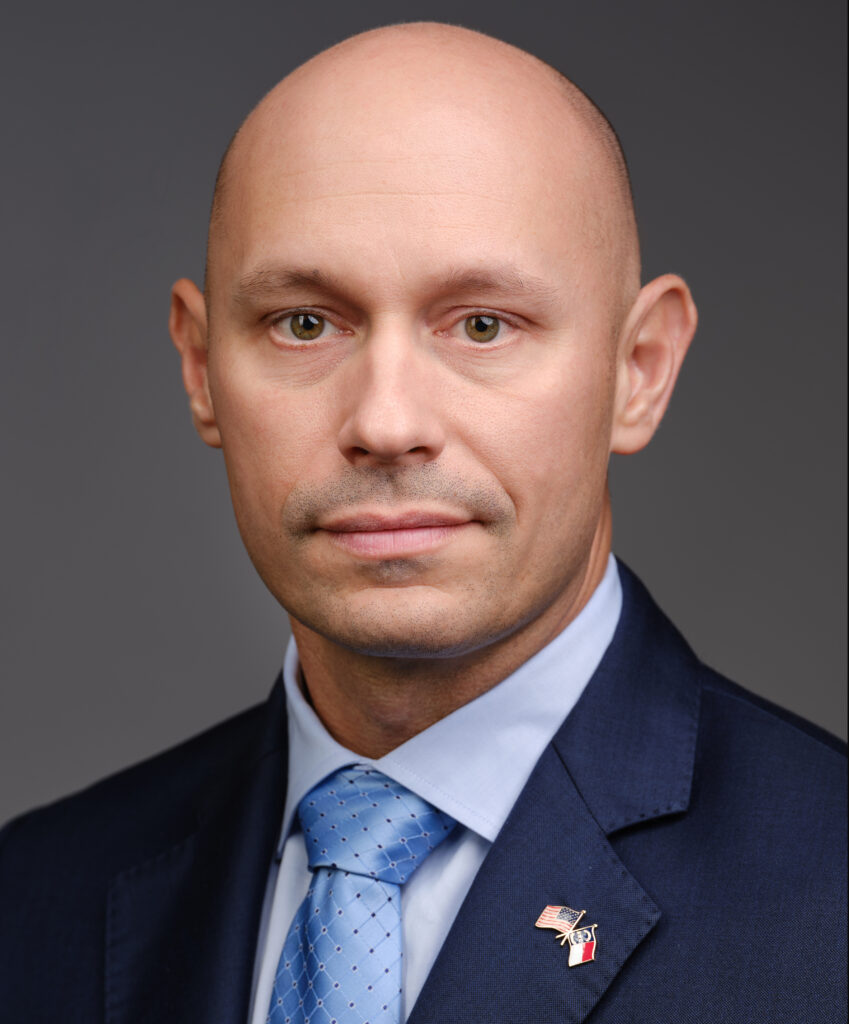
Adam Mattis is a SAFe Fellow and a SAFe® Program Consultant Trainer (SPCT) at Scaled Agile with many years of experience overseeing SAFe implementations across a wide range of industries. He’s also an experienced transformation architect, engaging speaker, energetic trainer, and a regular contributor to the broader Lean-Agile and educational communities. Learn more about Adam at adammattis.com.
